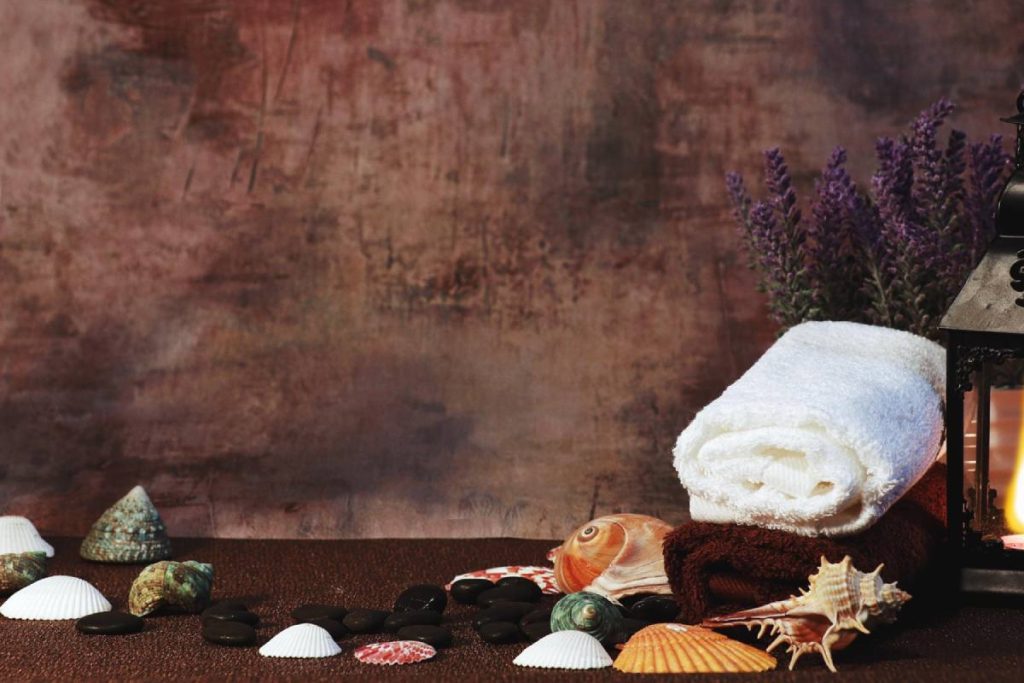The Origins of the Traditional Hamam
The Traditional Hamam has roots in Roman bath culture and was refined during the Ottoman Empire. It evolved into more than just a washing space—it became a place for ritual purification and communal bonding. For centuries, the Traditional Hamam has served as a sacred setting for both physical and spiritual renewal.
What Makes the Traditional Hamam Unique?
Unlike modern spas, the Traditional Hamam focuses on elemental simplicity—heat, steam, water, and touch. Visitors experience cleansing rituals carried out by trained attendants, using centuries-old techniques. The Traditional Hamam is a multisensory experience that reconnects people with their bodies and traditions.
Core Elements of the Traditional Hamam Ritual
A session in a Traditional Hamam begins with steam bathing to open pores, followed by an intense full-body exfoliation with a kese mitt. After the scrub, a rich foam massage covers the body in soft bubbles. The Traditional Hamam ends with rinsing and relaxation, often accompanied by tea or quiet reflection.
Health Benefits of the Traditional Hamam
The heat and humidity of the Traditional Hamam help clear respiratory pathways and promote skin detoxification. The exfoliation removes dead cells, improving circulation and encouraging collagen renewal. Over time, regular visits to a Traditional Hamam can reduce stress, boost immunity, and improve overall well-being.
Traditional Design of the Traditional Hamam
The architectural design of a Traditional Hamam is intentional: central marble slabs, small domed skylights, and symmetrically placed basins create both beauty and function. These design choices help retain heat, manage steam flow, and create acoustic privacy. The Traditional Hamam space itself becomes part of the healing process.
Respecting Etiquette in a Traditional Hamam
Visiting a Traditional Hamam is not only about relaxation but also about respecting a ritual. Silence is often appreciated, modesty is maintained, and cleanliness is essential. By embracing these values, every guest contributes to the peaceful, sacred atmosphere of the Traditional Hamam.
Conclusion
The Traditional Hamam continues to stand as a sanctuary of healing and community. In a time where digital noise dominates, stepping into a Traditional Hamam allows people to return to their senses—to warmth, stillness, and touch. It is a ritual worth preserving and celebrating.
Frequently Asked Questions
- Is the Traditional Hamam only for adults?
While many Traditional Hamam centers focus on adult wellness, some offer child-friendly sessions during specific hours. - Can I speak with the attendant during the ritual?
Yes, brief communication in the Traditional Hamam is fine, especially to share comfort preferences. - Should I bring personal toiletries?
Most Traditional Hamam venues provide basics, but bringing your own shampoo or moisturizer is acceptable. - How is privacy maintained in the Traditional Hamam?
Gender separation and towel wraps help maintain modesty in the Traditional Hamam setting. - Is the heat too intense for beginners?
The Traditional Hamam has varying heat levels; you can always step out or cool down when needed. - Can I bring a friend with me?
Yes, the Traditional Hamam is often enjoyed socially, and going with a friend is quite common. - Are there packages that include massage?
Many Traditional Hamam experiences include a massage or offer it as an add-on. - Do I need to prepare before going to a Traditional Hamam?
Drink water, avoid heavy meals, and bring flip-flops before visiting a Traditional Hamam. - Can I go during pregnancy?
Pregnant visitors should consult a doctor first, as the Traditional Hamam involves heat and pressure. - What time of day is best to go?
Many prefer mornings or late afternoons for a quieter Traditional Hamam experience.
